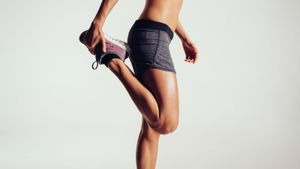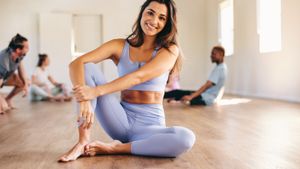Did you see the Olympics this time, and like us, were in awe of the athlete’s well-defined muscles and flexibility? Well, join the club!
Essential to any wholesome fitness program are bodyweight exercises, also known as callisthenics, which are strength training activities that do not include free weights or equipment. Competing athletes and world-class gymnasts hone their spatial mobility skills through bodyweight workouts. We have long made use of our own body weight as a means of exercise, with something as basic as running, walking, or even standing up, wherein our legs bear the body weight to make us upright! Along with a great workout, it may assist you in overcoming typical reasons why people don't exercise, such as "I don't have time to go to the gym" or "I don't have space for a stationary bike at home." Simply moving your body will do the trick.
While the idea of a workout that doesn't include costly equipment or heavy weights may sound strange to some, the truth is that bodyweight exercises may burn a lot of calories while also improving strength, endurance, and power.
Why is bodyweight exercise good for you?
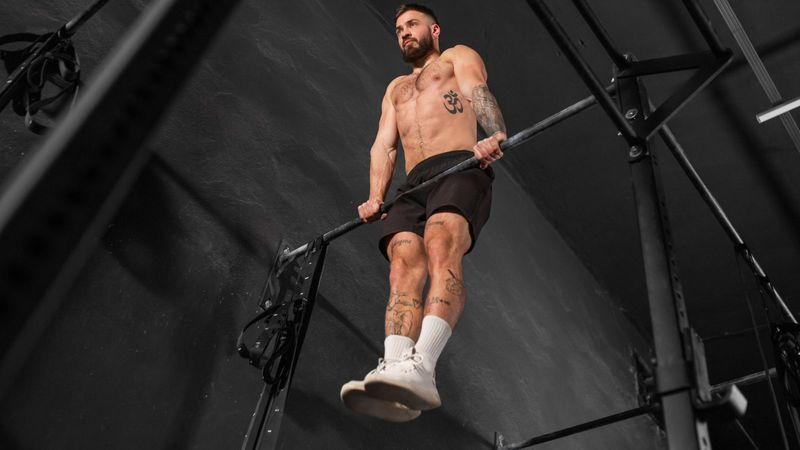
Do not overstrain yourself
While it's ideal to exercise at least the recommended amount every day, even little amounts of exercise using only your body weight can have a positive impact. By being consistent, you can increase your muscular strength and power by around 15% by just including six to eight easy lower-body workouts. That might not seem like much, but it's really quite common for power and strength to decrease during this time in life. Even more impressively, you can see results and improvements with just six sessions every month.
Opt for functional workouts
In contrast to the solitary or group-focused training that is possible with exercise machines and dumbbells, the majority of body-weight exercises engage several muscles simultaneously. For these reasons—a greater number of muscles and joints are activated simultaneously, balance is improved, and the exercise moves more closely resemble real-life tasks—body-weight workouts are deemed more useful.
Customise the workouts for goals
At first, you might not know what to do. You can't just remove ten or twenty pounds when you're lifting your own body weight, unlike with machines or dumbbells. On the other hand, you may adjust your movements to make them more or less challenging. You may alter the amount of repetitions you do an activity at or the speed at which you work out. You can also alter your body posture, such as doing push-ups against a wall instead of the floor.
Here are the best bodyweight workouts that you need to try
Push-ups
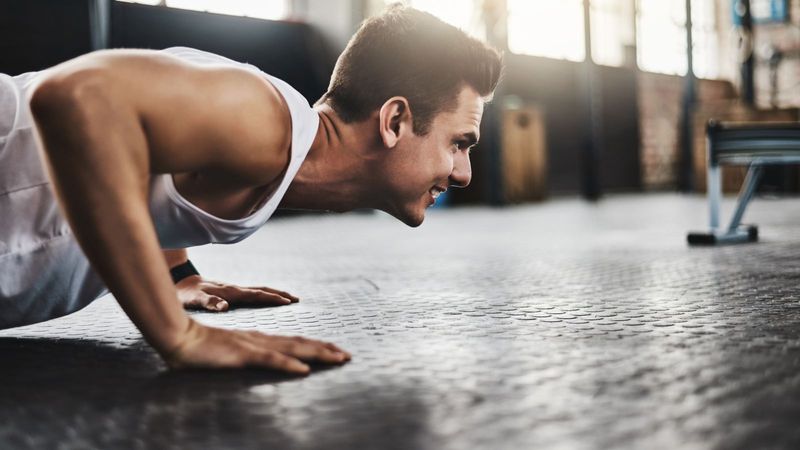
Instead than concentrating just on the chest muscles, this alternative uses the entire body to perform push-ups.
- Begin by placing your hands just outside your chest, below your shoulders, in a plank posture.
- Lower yourself slowly until your chest brushes against the floor—the lower, the better.
- Maintain a flat back and elbows close to the body; neither the butt nor the lower back should be jutting out towards the ceiling or the floor, respectively.
- Return to the starting posture by pressing your body up; maintain core engagement and drive through your hands.
- To boost the ante on your push-up game, try clapping between sets, elevating only one leg at a time, or resting your toes on something elevated, such a chair, coffee table, or bench.
Muscles worked: Whole body
Sit-ups on one leg
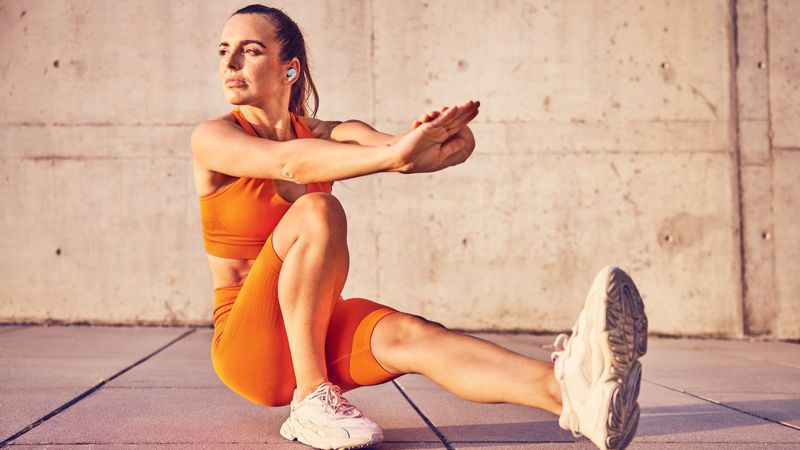
This manoeuvre, which is also called the pistol squat, is extremely difficult even when performed without any additional weight.
- To do this, stand with your arms outstretched to help you maintain your balance.
- Squat down carefully while standing on one leg, extending it towards the front wall as far as you feel comfortable.
- Maintain an upright posture and refrain from letting your standing leg's knee go past your toes.
- Bring one's body up to a standing position.
- If you're having trouble with the motion, try doing a few repetitions while resting your hand on the back of a chair or, alternatively, put a chair behind you and tap its edge lightly between repetitions.
Muscles worked: Whole body
Forearm plank
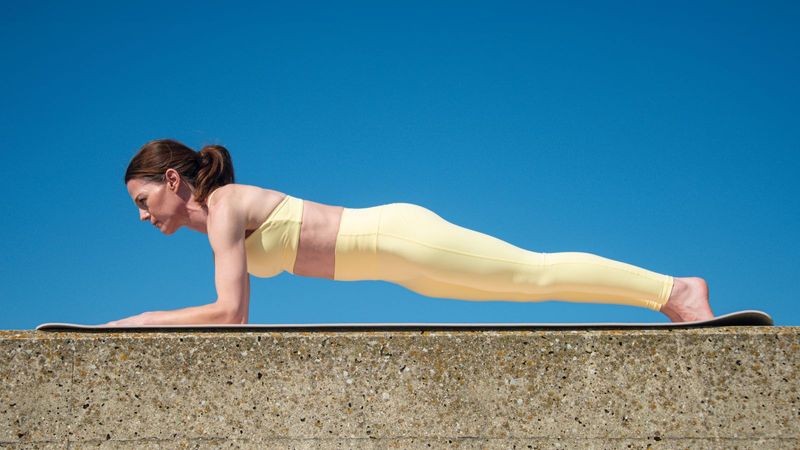
- The plank is the starting posture.
- With your palms facing each other, put your forearms on the floor.
- Maintain a neutral spine angle with respect to the ground.
- In order to push through your toes, brace your core.
- Maintaining a perfectly straight torso, hold this position for a few seconds at least.
- Put your knees on the floor to make it a modified leg lift.
Muscles worked: Core muscles, including the rectus abdominis, obliques, and transverse abdominis.
Toe touches
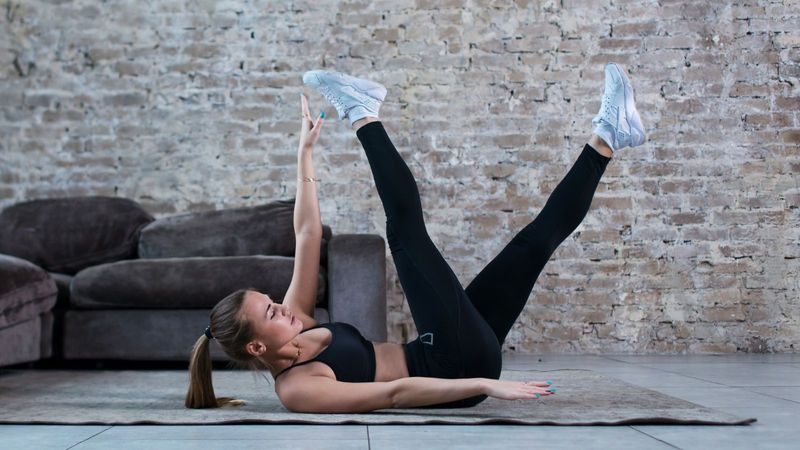
- Endure a prone position. Lift your feet parallel to the ground and point them upwards.
- Get yourself up off the floor by lifting your cranium, neck, and shoulders. Get your digits close to your toes.
- Bring your upper body lowering down to the floor again. Raise your arms wide.
- As you raise and lower yourself, make sure to stretch your legs and arms in separate directions to make this activity more advanced.
Muscles worked: Abdominals
Reverse lunges
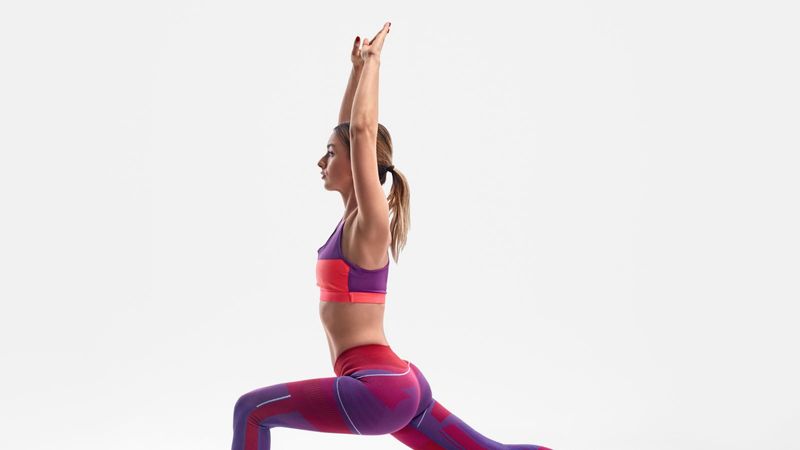
- Place your feet shoulder-width apart as you stand up straight.
- Step back with your right leg, being sure to keep your left foot firmly planted on the ground. Make a right angle with your left leg by bending both of your legs. Maintain a parallel position with your left thigh and the floor.
- Return to the starting position by stepping back with your right foot. Maintain a posture of uprightness. Hold your abs tight to prevent back pain.
- Step back with your left leg and switch sides to continue.
Muscles worked: The quadriceps, hamstrings, calves, and glutes are all activated.



